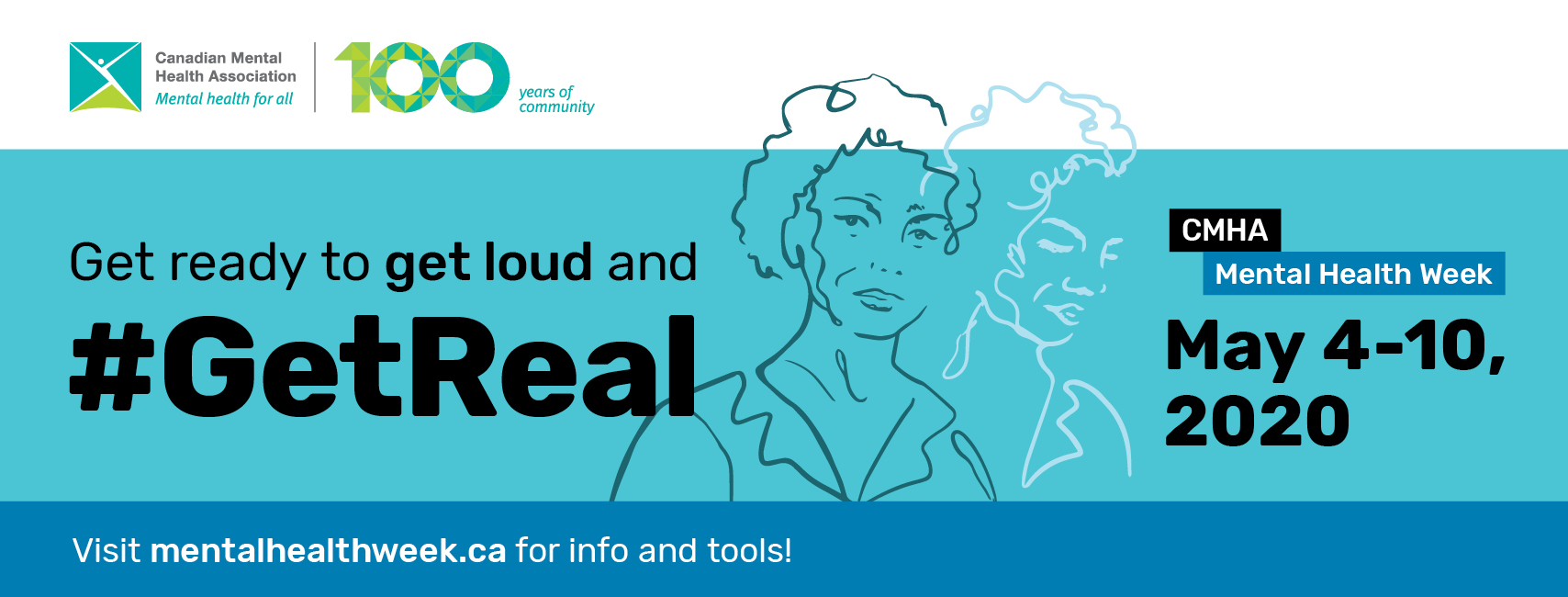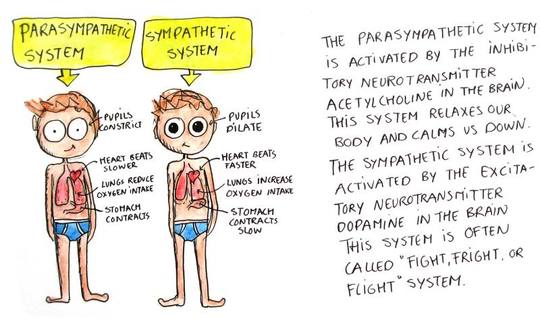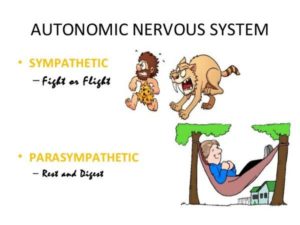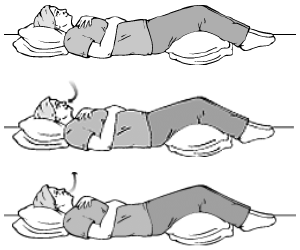Total Therapy Blog

Breath.
This article was written by our Clinical Counsellor, Kate Bilkevitch.
I believe that the main purpose of counselling is to help you achieve empowerment to cope with various life situations, reduce emotional stress, and attain personal growth. I truly believe in the eclectic approach to counselling, which means that I draw upon multiple theoretical perspectives in my clinical work. My approach is always guided by your individual needs and concerns.
 The week of May 4th to May 10th marks the Canadian Mental Health Association’s Mental Health Week. We are living through incredibly stressful times. With all the stressors accumulating and with little social support due to social distancing, many of us have noticed a significant increase in mental health problems. All of us have been impacted, to a degree. During these times, whatever mental health problems we are experiencing, it is important to remember that what we are seeing are normal reactions to abnormal circumstances (and not the other way around). Pandemics, natural disasters, and economic recessions all take a huge toll on our mental health and well-being. That is why it is so important to take active steps right now to improve our mental health. One step we can take is to practice very simple deep breathing for a few minutes a day. No, it will not eliminate your anxiety, worry or sadness entirely. But what it likely will do is reduce the baseline of anxiety, tension and worry. This, in turn, will make it easier to cope with these high levels of stress we currently face daily.
The week of May 4th to May 10th marks the Canadian Mental Health Association’s Mental Health Week. We are living through incredibly stressful times. With all the stressors accumulating and with little social support due to social distancing, many of us have noticed a significant increase in mental health problems. All of us have been impacted, to a degree. During these times, whatever mental health problems we are experiencing, it is important to remember that what we are seeing are normal reactions to abnormal circumstances (and not the other way around). Pandemics, natural disasters, and economic recessions all take a huge toll on our mental health and well-being. That is why it is so important to take active steps right now to improve our mental health. One step we can take is to practice very simple deep breathing for a few minutes a day. No, it will not eliminate your anxiety, worry or sadness entirely. But what it likely will do is reduce the baseline of anxiety, tension and worry. This, in turn, will make it easier to cope with these high levels of stress we currently face daily.
Autonomic Nervous System (ANS)
 So, how can deep breathing help us feel less worried and stressed? As you may know, our autonomic nervous system (ANS) is responsible for our bodies’ involuntary functions and it consists of two parts: parasympathetic nervous system (PNS) and sympathetic nervous system (SNS). The SNS controls your body’s response to a perceived threat and is responsible for the “fight or flight” response. Suppose you see a bear in the woods. The SNS is activated so it can help you to charge the bear (“fight”) or run away (“flight”). Your heart rate increases, blood flows to your extremities, your muscle tone is increased, your pupils are dilated and saliva production and digestive functions are inhibited. Your body is ready to deal with the threat.
So, how can deep breathing help us feel less worried and stressed? As you may know, our autonomic nervous system (ANS) is responsible for our bodies’ involuntary functions and it consists of two parts: parasympathetic nervous system (PNS) and sympathetic nervous system (SNS). The SNS controls your body’s response to a perceived threat and is responsible for the “fight or flight” response. Suppose you see a bear in the woods. The SNS is activated so it can help you to charge the bear (“fight”) or run away (“flight”). Your heart rate increases, blood flows to your extremities, your muscle tone is increased, your pupils are dilated and saliva production and digestive functions are inhibited. Your body is ready to deal with the threat.
The PNS, on the other hand, controls the homeostasis of the body; it is responsible for the “rest and digest” function. With the PNS activated, the heart rate and blood pressure decrease, blood flows away from the extremities and into your digestive tract, saliva secretion is increased: your body is ready to rest, sleep and digest the food.
 The two systems are designed perfectly to alternate on an as-needed basis. The problem, however, arises out of the type of stressors that we encounter in modern-day life. Rarely do we see a bear that we need to run away from or any other immediate threat. Modern-day stress is long-term and persistent. However, our bodies are unable to distinguish between the immediate threat and longer-term ongoing stress: the autonomic nervous system reacts the same way to both types of stressors – by activating the SNS.
The two systems are designed perfectly to alternate on an as-needed basis. The problem, however, arises out of the type of stressors that we encounter in modern-day life. Rarely do we see a bear that we need to run away from or any other immediate threat. Modern-day stress is long-term and persistent. However, our bodies are unable to distinguish between the immediate threat and longer-term ongoing stress: the autonomic nervous system reacts the same way to both types of stressors – by activating the SNS.
Consider the pandemic we find ourselves in. The threat is ongoing, we have been in this for weeks (well, months now), but our body only knows one way to respond to the threat: to activate the sympathetic nervous system (SNS). So, how helpful would it be for us to have an increased heart rate, elevated blood pressure, blood flowing away from the digestive tract, etc. on an ongoing basis? Not really that helpful. In fact, it can even cause us longer-term health problems (e.g. digestion issues, high blood pressure etc).
Diaphragmatic Breathing
This is why it is incredibly important in times of high stress to introduce some activities to our lives that can help us de-activate the SNS and activate the PNS. One excellent technique is called deep or diaphragmatic breathing. This very simple exercise can quickly de-activate the SNS, reduce the stress response and bring our bodies back to homeostasis.
To practice deep (diaphragmatic) breathing, start by sitting in a comfortable position or lying down in your bed or on the floor. Relax your shoulders. You can close your eyes or keep them open with a softened gaze.

Place one hand on your chest and another on your stomach. Breathe in through your nose for about two seconds. You should experience the air moving all the way to your stomach, making your stomach expand. If you practice deep breathing correctly, you will see your tummy rise with each in-breath and deflate with each out-breath. There should be little to no movement in your chest or shoulders.
Allow your breath to find its natural rhythm. Bring your full attention to noticing each in-breath. Imagine that with each in-breath you breathe in relaxation and with each out-breath you breathe out the tension in your body.
Allow yourself to let go of noises around you. If you are distracted by unhelpful (worry) thoughts, simply notice them and then bring your attention back to the breathing. You can play relaxing music to facilitate the relaxation process. There are many videos on YouTube with relaxing music.
Once you have practiced this for several minutes, you can begin reawakening your mind and your body. With your eyes closed, you can start noticing sounds around you and feel the floor/bed underneath you. Notice your surroundings, move your shoulders, toes, fingers and finally open your eyes to reacquaint yourself with the room. Remain lying down or sitting for a few moments and allow your body to remember what it feels like to be relaxed. Repeat daily or several times a day for best results!
Please see my online booking page for a list of available services, and reach out to me directly via my confidential phone line (604.655.6033) or email (counselling@totaltherapy.ca), for any inquiries or to book an appointment.









Follow Us!
& Stay Up To Date
BLOG